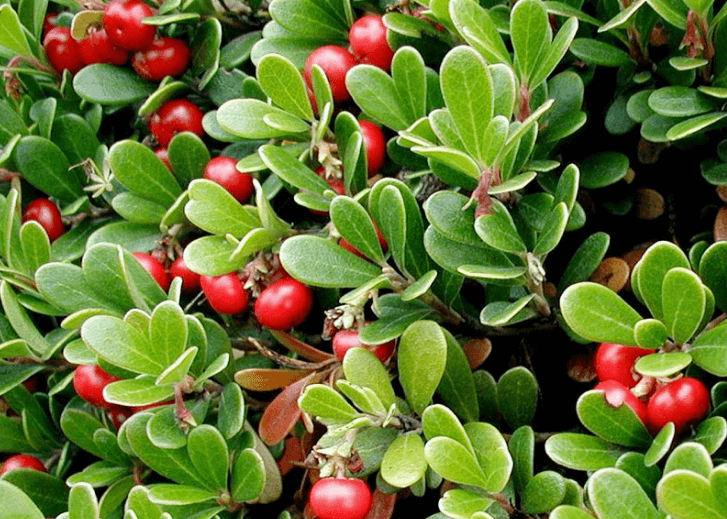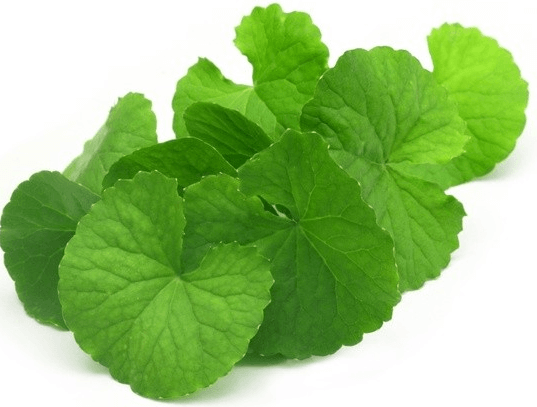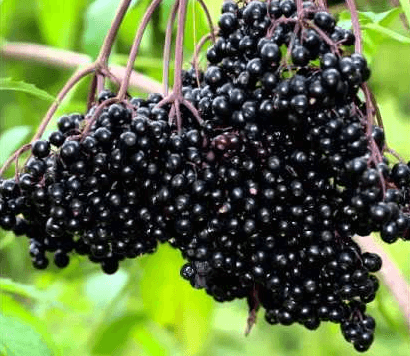Chamomile -(Anthemis nobilis) Compositae Perennial

There are many different species of chamomile, all with similar small, daisy –like blossoms, usually single, with various properties : some, like the white blooming pyrethrum Chrysan-themum cinerariifolium, are insect repellents , and their potent flowers are used in natural garden sprays obtainable from nurseries, particularly those specializing in herbs. Another interesting chamomile, C. parthenium, is found in old garden because it self- sow easily; it has either green or gold foliage, with white petal – rays surrounding the central yellow floret, and is known as “feverfew” or “febrifuge”. Although it is sometimes used medicinally, it is not considered to be as therapeutically effective as German chamomile.
English chamomile (Anthemis nobilis) is a perennial and is grown as a ground cover because of its attractive , matting , feathery leaves. It does not flower as profusely as the German chamomile (Matricaria chamomilla) , although the white, yellow- centered daisy-like flower are sometimes used in chamomile teas, and when it is grown as an emerald- green lawn it looks charming, especially when started with blooms here and there. It is best grown in broken sunlight or in a shady area in light soil and should be watered regularly with the sprinkler left on for an hour or two , unless the climate is fairly cold, with frequent drizzly rain. The most success full species of chamomile for a lawn is Anthemus treneague, but it is very difficult to obtain. English chamomile is propagated form seed or by root division. when in flower it grows to 30 cm (12 inches). Both English and German chamomile bloom from spring through autumn.
German chamomile is happier diving in the sun than is the English chamomile, and it also like to grow in light soil. Propagation is by seed only, and when in flower it reaches a height of 45-60 cm (1-1 ½ ft). it blooms prolifically and is the best species for herb teas. Smaller than those of English chamomile, must be observed daily the green immature centres are composed of minuscule golden petals which , when fully open, are the size of a pin- head. The flowers should not be plucked until the green centres have turned yellow because this is the most potent part of the herb. When they are ready, cut off the heads, using scissors. This must be done early in the morning, preferably by 10a.m. Dry them by spreading them out on sheets of clean paper in the shade, or on a sieve. When dry, store in clean, airtight continues right through the season, as more appear al, the time a very knowledgeable agricultural herbalist told us that if the flowers are picked after 10a.m., or 12 noon, at the latest: “You may as well throw them away!” The sun is at its peak at mid-day and all the etheric energies of the plant are drawn upwards and will dissipate into the air; after 12 o’clock , the life- force of the plant starts to recede towards the root as the sun moves from its zenith, until by evening the vitality is concentrated in the roots. This is why replanting should be done late in the day, when the plants are stronger and better able to withstand the move.
Culpeper wrote that the Egyptians dedicated chamomile to the sun.
Uses:
Culinary – Chamomile foliage is nutritious and a small amount, snipped or chopped finely, gives an aromatic, peppery flavour to a tossed green salad, and stimulates the appetite. A few fresh flowers, which also are edible, can be strewn over the strewn over the salad before serving. Chamomile tea is made by steeping the flowers in boiling water for a few minutes. It is then strained, resulting in a pleasant and fruity – tasting drink not unlike the flavour of pineapple juice. Sweeten with honey if you like but do not add mil. In summer, a stronger brew can be made which, when cooled, can be stored in the refrigerator: when ready to serve, pour into a jug filled with sparkling mineral water and serve as a delicious, nutritious cold drink. Add ice cubes and thin slices of lemon.
Medicinal – Chamomile contains a natural volatile oil, a glucosade and some tannic acid. The tea has been known and respected for centuries as being soothing and calming, German chamomile being the most effective. In Europe many people take it as then customary “night-cap” tea them before going to bed. A few drops only, added occasionally to a baby’s bottle of milk, will help calm and settle a restles infant. The quantities recommended for making herb teas (see p. 89) may be taken by older children during study time, or when under stress; exam students and tired businessmen benefit from a cup of chamomile tea at the end of the day. This tea is also a time – honored potion to relieve menstrual pain. A strong infusion of the tea is excellent poured into a night – time bath to help relax an soothe tired muscles. Another remarkable quality of this herb is its ability to cure sties. Make a tea, pour through a very fine strainer, soak a piece of cotton wool in the lukewarm liquid and apply to the sty three times during the day. The sty should have almost disappeared by the end of the first day. A customer who visited our herb shop told us about this simple remedy and we have used it ourselves with great success. Chamomile tea when cooled, is also an excellent hair rinse. Used regularly for a few weeks, it adds highlights to the hair and makes naturally blond hair even fairer.
Chamomile in the garden is a “healer”, helping sickly trees, shrubs and other plants that are close by.




